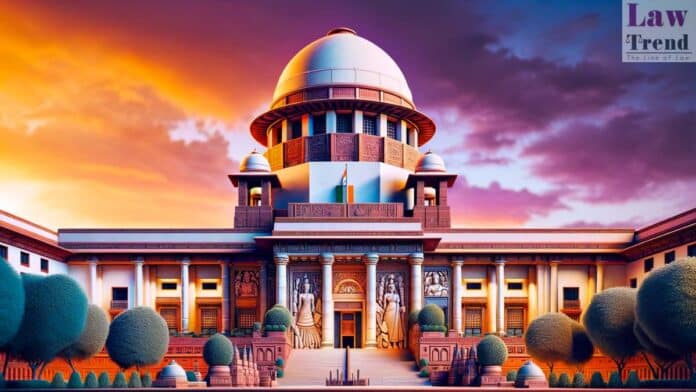In a scathing indictment of investigative and prosecutorial lapses, the Supreme Court of India has overturned the conviction and death sentence of Gambhir Singh, accused of the brutal murder of six family members. The Court found that the case against Singh was riddled with inconsistencies, unproven allegations, and fabricated evidence, stating that “the fabric of
To Read More Please Subscribe to VIP Membership for Unlimited Access to All the Articles, Download Available Copies of Judgments/Order, Acess to Central/State Bare Acts, Advertisement Free Content, Access to More than 4000 Legal Drafts( Readymade Editable Formats of Suits, Petitions, Writs, Legal Notices, Divorce Petitions, 138 Notices, Bail Applications etc.) in Hindi and English.







